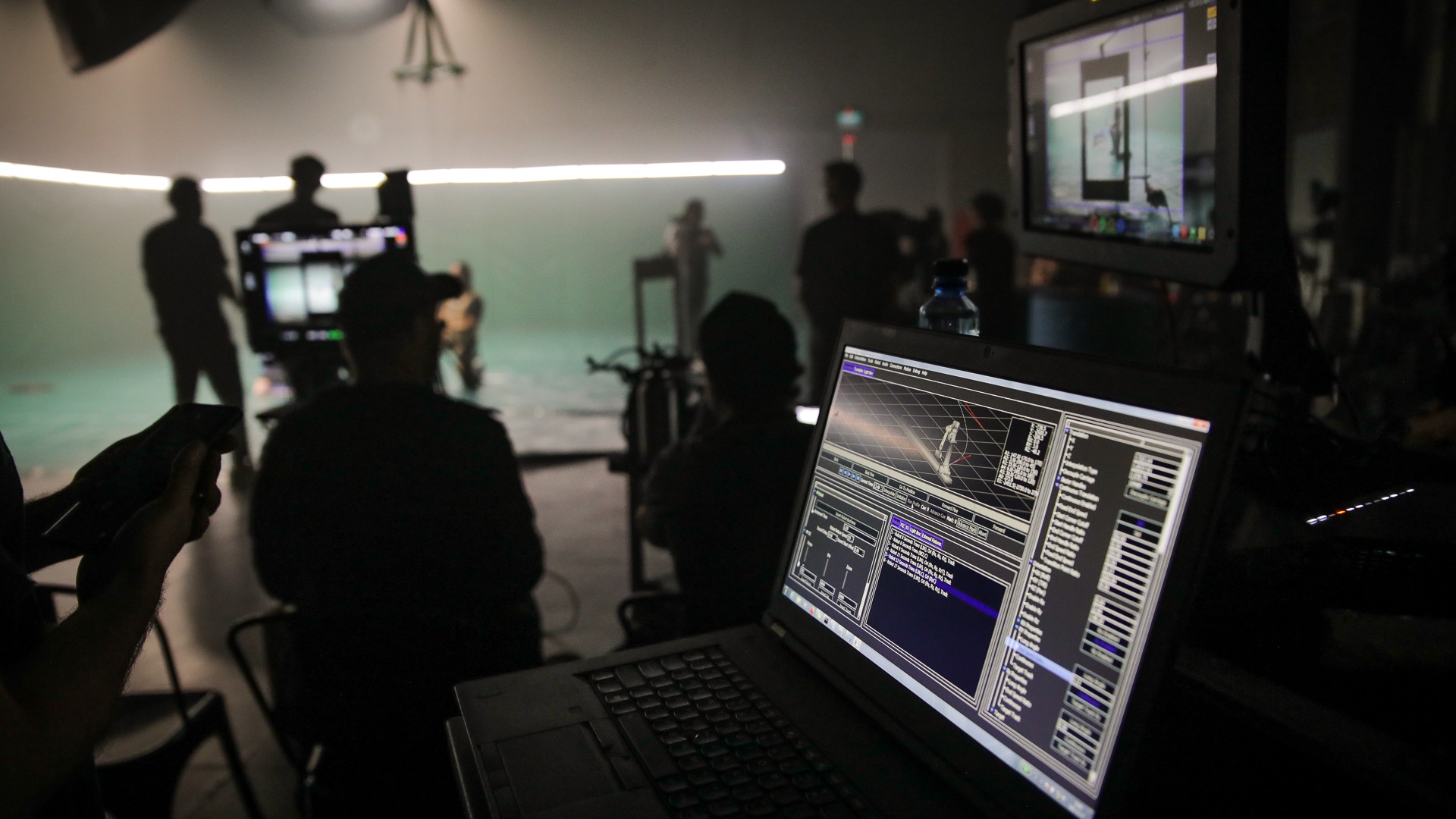Five years ago, if you’d suggested to your boss that all staff should work half their week at home, I reckon you’d have been met with raised eyebrows.
But things have changed fast and employers have come to see hybrid work not just as something that’s viable – they’re now viewing it as genuinely advantageous.
This shift in how many in our industry are operating is just one reason why indie agencies have shone so brightly over the past few years.
We are now increasingly seeing how important agility is to powering innovation and delivering results. Speed to insight plus the ability to adapt and move quickly has become critical, and smaller agencies typically work without the legacy baggage of larger, traditional agencies.
The playing field has levelled between indies and larger global agency networks. Why? Technology improvements, shifts in the way we work, and access to global resources such as talent, research, software, hardware – you name it – mean clients no longer need to rely on big players to coordinate international creative ad campaigns.
The game has changed, permanently
The events of the last two years years caused a seismic shift in the way agencies needed to support their clients and this has continued into 2022. Indie agencies with a willingness to adapt have been able to thrive throughout thanks to a number of factors which were already in play, but have now become even more significant.
The first is their ability to leverage a satellite network of talented experts. These highly skilled and experienced professionals provide invaluable support, with small agencies better placed to flexibly choose who they engage for appropriate projects.
Additionally, with the advent of more advanced virtual work technologies, smaller, unencumbered agencies can more easily bring these experts into the fold to work in a more mutually productive way.
Secondly, I believe indies are uniquely positioned to deliver work remotely. In the past, large international agency networks had a monopoly on global client relationships, and great emphasis was placed on having many important people in rooms together.
But the game has changed. Now, a client in the UK typically cares a lot less if the agency they’re working with is in London or Sydney. And that’s a good thing, as it makes operations more efficient, opens up avenues to new talent, and drastically lowers overheads.
In this evolving context, we’ve seen a stack of indies doing great things lately. There’s a genuine ability to develop ideas and create content that is entirely market-specific, even when produced remotely.
A great example of this model succeeding is the ‘Checkout Catch’ campaign from Catch Group, supported by AJF GrowthOps. With both the agency’s creative team and Catch Group headquartered in Melbourne, they were faced with a challenge when a second lockdown was imposed. Ultimately, the campaign was shot in Queensland, but directed via real-time feedback from interstate – and the results didn’t suffer an iota.
Overseas examples are plentiful too. Remote filming worked a treat for US-based creative agency Mischief @ No Fixed Address. It produced terrific ads including Miller Genuine Draft’s ‘Unapologetically Beer’ and Shutterfly’s ‘Make it a Thing’ – both are well worth a look.
Staying creative and embracing adaptability
One of the reasons I chose this industry is because it is a ‘people’ industry – collaboration and human interaction are at the heart and that will always be the case.
However, now clients have more options than ever before to engage the right agency, they no longer have to hire the global agency group to get the best results. The playing field has been levelled and smaller agencies now have access to the same networks of expertise and resources.
The lesson of the last few years is that the old rules really no longer apply. Technology has shown us that businesses can thrive when their employees predominantly work from the comfort of their homes. Similarly, creative businesses don’t need to be leviathans to deliver brilliant results for their clients.
So if you don’t think you need a room full of VIPs to shoot the lights out with your next campaign, then consider what a smaller agency partner has to offer.
